 |
|---|
|
The 1985 Lombard regional election took place on 12 May 1985. The 4th term of the Regional Council was chosen.
Contents

 |
|---|
|
The 1985 Lombard regional election took place on 12 May 1985. The 4th term of the Regional Council was chosen.

The election was held under proportional representation with provincial constituencies where the largest remainder method with a Droop quota was used. To ensure more proportionality, the remained votes and seats were transferred at regional level and calculated at large.
The Christian Democracy party was by far the largest party, despite a slight decline in term of votes. After the election Giuseppe Guzzetti was re-elected president for the third time at the head of a center-left coalition comprising also the PSI, the PSDI, the PLI and the PRI. In 1986 Guzzetti was replaced by Bruno Tabacci, to whom Giuseppe Giovenzana succeeded in 1989.
 | |||||
| Parties | Votes | % | Seats | +/- | |
|---|---|---|---|---|---|
| Christian Democracy | 2,204,685 | 36.03 | 31 | ||
| Italian Communist Party | 1,632,676 | 26.68 | 22 | ||
| Italian Socialist Party | 941,395 | 15.38 | 12 | ||
| Italian Social Movement | 363,918 | 5.95 | 4 | ||
| Italian Republican Party | 293,359 | 4.79 | 4 | ||
| Italian Democratic Socialist Party | 170.763 | 2.79 | 2 | ||
| Green List | 146,835 | 2.40 | 2 | ||
| Italian Liberal Party | 143,641 | 2.35 | 1 | ||
| Proletarian Democracy | 136,781 | 2.24 | 2 | ||
| National Pensioners' Party | 32,945 | 0.54 | – | ||
| Lombard League | 28,074 | 0.46 | – | ||
| Valdostan Union – Democratic Party – others | 15,475 | 0.25 | – | ||
| Humanist Party | 4,448 | 0.07 | – | ||
| Monarchist National Party | 4,352 | 0.07 | – | ||
| Total parties | 6,119,347 | 100.00 | 80 | ||
| Invalid/blank votes | 331,013 | ||||
| Registered voters | 6,450,360 | 92.81 | |||
| Source: Ministry of the Interior – Results | |||||
| Province | DC | PCI | PSI | MSI | PRI | PSDI | Greens | PLI | DP | Total |
|---|---|---|---|---|---|---|---|---|---|---|
| Milan | 11 | 11 | 6 | 2 | 3 | 1 | 1 | 1 | 1 | 37 |
| Brescia | 4 | 2 | 1 | 1 | - | 1 | 1 | - | - | 10 |
| Bergamo | 5 | 2 | 1 | - | - | - | - | - | 1 | 9 |
| Varese | 3 | 2 | 1 | 1 | 1 | - | - | - | - | 8 |
| Como | 3 | 1 | 1 | - | - | - | - | - | - | 5 |
| Pavia | 2 | 2 | 1 | - | - | - | - | - | - | 5 |
| Mantua | 1 | 1 | 1 | - | - | - | - | - | - | 3 |
| Cremona | 1 | 1 | - | - | - | - | - | - | - | 2 |
| Sondrio | 1 | - | - | - | - | - | - | - | - | 1 |
| Total | 31 | 22 | 12 | 4 | 4 | 2 | 2 | 1 | 2 | 80 |

The additional member system (AMS) is a mixed electoral system under which most representatives are elected in single-member districts (SMDs), and the other "additional members" are elected to make the seat distribution in the chamber more proportional to the way votes are cast for party lists. It is distinct from parallel voting in that the "additional member" seats are awarded to parties taking into account seats won in SMDs, which is not done under parallel voting.
The D'Hondt method, also called the Jefferson method or the greatest divisors method, is an apportionment method for allocating seats in parliaments among federal states, or in proportional representation among political parties. It belongs to the class of highest-averages methods.

Elections in Spain encompass four different types: general elections, regional elections, local elections, and elections to the European Parliament. General elections and regional elections are typically conducted at the conclusion of the national or regional legislative mandate, which usually spans four years since the previous election. However, early elections can be called in certain circumstances. On the other hand, local council elections and elections to the European Parliament follow fixed dates, although some local government bodies, such as provincial councils, are not directly elected. In most elections, a party-list proportional representation (PR) system is employed, while the Senate utilizes the plurality system.

Bulgaria elects on the national level a head of state—the president—and a legislature. The president is elected for a five-year term directly by the people. The National Assembly has 240 members elected for a four-year term by proportional representation in multi-seat constituencies with a 4% threshold. Bulgaria has a multi-party system in which often no one party has a chance of gaining power alone and parties must work with each to form governments.

Parliamentary elections were held in Hungary on 9 April 2006, with a second round of voting in 110 of the 176 single-member constituencies on 23 April. The Hungarian Socialist Party (MSZP) emerged as the largest party in the National Assembly with 186 of the 386 seats, and continued the coalition government with the Alliance of Free Democrats (SZDSZ). It marked the first time a government had been re-elected since the end of Communist rule. To date, this is the most recent national election in Hungary not won by Fidesz-KDNP, and the last in which the victorious party did not win a two-thirds supermajority in parliament.
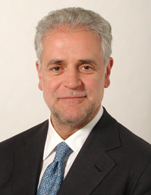
The 2005 Lombard regional election took place on 3–4 April 2005. The 8th term of the Regional Council was chosen. Roberto Formigoni was re-elected for the third time in a row President, defeating Riccardo Sarfatti.

The 2000 Lombard regional election took place on 16 April 2000. The 7th term of the Regional Council was chosen.

The 1990 Lombard regional election took place on 6 and 7 May 1990. The 5th term of the Regional Council was chosen.

The 1980 Lombard regional election took place on 8 June 1980. The 3rd term of the Regional Council was chosen.

The 1975 Lombard regional election took place on 15 June 1975. The 2nd term of the Regional Council was chosen.

The 1995 Piedmontese regional election took place on 23 April 1995. For the first time, the president of Piedmont was directly elected by the people; the election was not yet binding and the president-elect could have been replaced during the term.

The Sardinian regional election of 1994 took place on 12 and 26 June 1994.
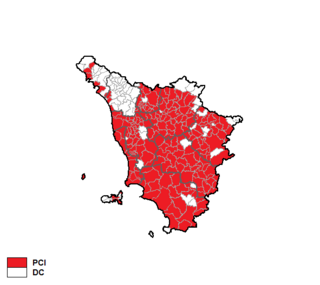
The Tuscan regional election of 1980 took place on 8 June 1980.
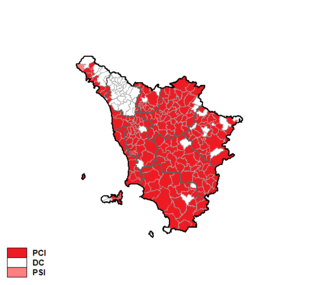
Tuscan regional election of 1985 took place on 12 May 1985.

The 1955 Sicilian regional election took place on 5 June 1955.
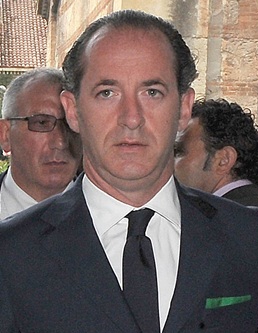
The Venetian regional election of 2010 took place on 28–29 March 2010, as part of Italy's big round of regional elections.

The 2010 Lombard regional election took place on 28–29 March 2010. The 9th term of the Regional Council was chosen.
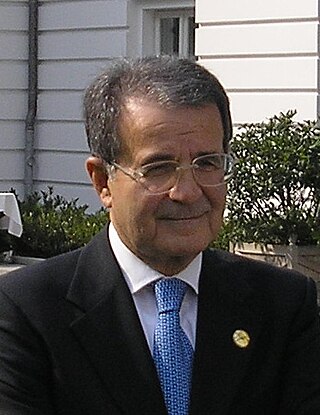
Lombardy renewed its delegation to the Italian Senate on April 9, 2006. This election was a part of national Italian general election of 2006 even if, according to the Italian Constitution, every senatorial challenge in each Region is a single and independent race.

The Tuscan regional election of 2010 took place on 28–29 March 2010.

The Italian regional elections of 1985 were held on 12 and 13 May. The fifteen ordinary regions, created in 1970, elected their fourth assemblies.